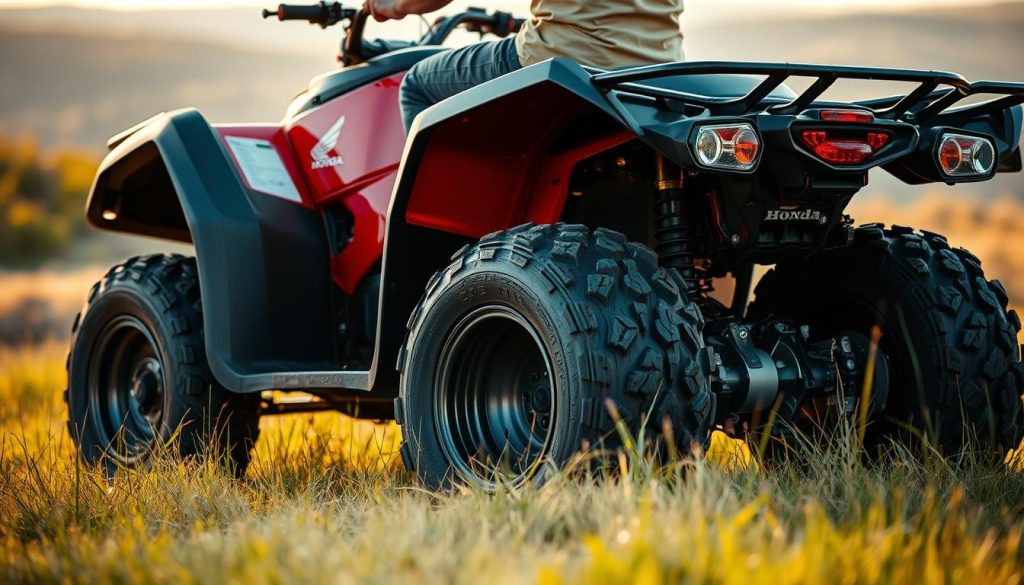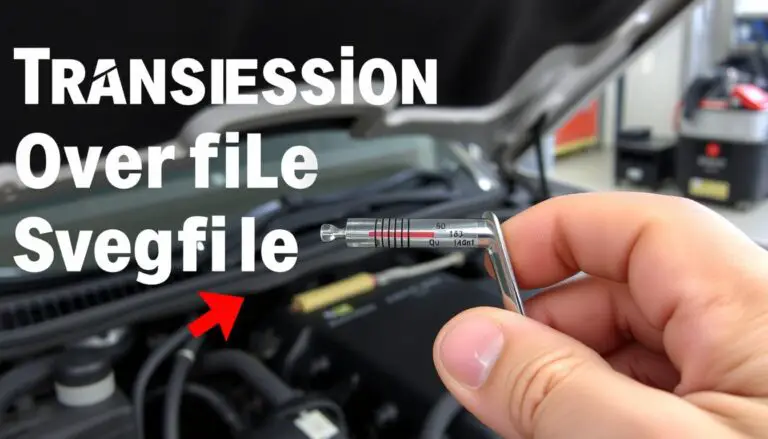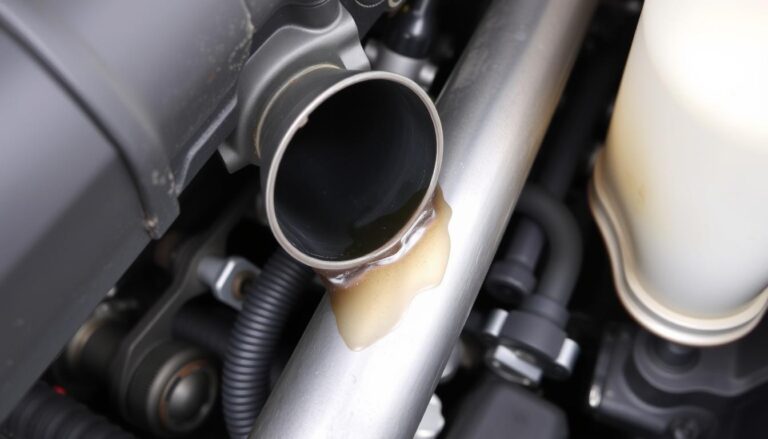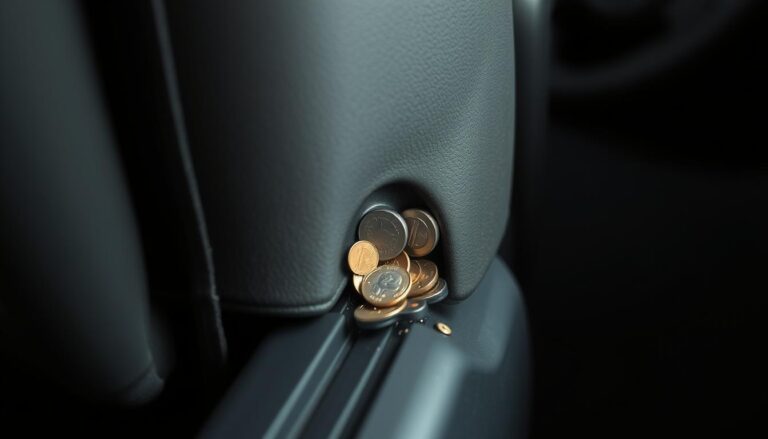Operating a Honda four wheeler necessitates a profound comprehension of its functionalities, notably the reverse function. Mastery of this feature is imperative for ensuring safe and efficacious operation, predominantly in demanding terrains.
The reverse function on a Honda ATV is engineered to afford riders enhanced control and versatility. Proficiency in its utilization can markedly augment the overall riding experience.
For the avid ATV enthusiast, proficiency in operating your Honda four wheeler, encompassing reverse navigation, is paramount. This guide will elucidate the steps to attain mastery over the reverse function, ensuring you are adequately prepared to maneuver your vehicle with assurance.
Key Takeaways
- Understanding the reverse function on your Honda four wheeler is crucial for safe operation.
- Mastering the reverse feature enhances control and flexibility while riding.
- Proper use of the reverse function can significantly improve the overall riding experience.
- ATV enthusiasts should be proficient in all aspects of operating their Honda four wheeler.
- This guide provides a step-by-step approach to mastering the reverse function.
Understanding the Reverse Mechanism on Honda ATVs
The intricacies of the reverse function on your Honda ATV are paramount for safe navigation. This mechanism is a critical component that significantly augments the riding experience, notably in demanding terrains or when navigating through confined spaces.

Different Reverse Systems Across Honda Models
Honda’s ATV lineup encompasses a spectrum of models, each boasting its own reverse system configuration. Some models are equipped with a straightforward button-activated reverse, whereas others incorporate more intricate systems necessitating gear shifts or the activation of a dedicated reverse mode. It is imperative to comprehend the specific reverse system on your Honda ATV to harness its full potential.
| Model | Reverse System Type | Key Feature |
|---|---|---|
| TRX90 | Simple Button | Easy to use for beginners |
| TRX500 | Gear Shift | Provides more control |
| TRX700 | Reverse Mode | Enhances safety with warning signals |
The Importance of Proper Reverse Engagement
The act of engaging the reverse function on your Honda ATV transcends mere convenience; it is a cornerstone of safety. Improper utilization can precipitate accidents or inflict damage upon the vehicle. It is incumbent upon riders to verify their gear alignment and adhere to the manufacturer’s directives for reverse activation.
Preparing Your Honda Four Wheeler
To operate your Honda ATV safely in reverse, certain precautions and positioning are necessary. This ensures not only your safety but also the safety of others around you.
Safety Precautions Before Engaging Reverse
Before engaging reverse, it’s essential to conduct a few safety checks. First, ensure the area behind your ATV is clear of obstacles and people. This can be done by visually inspecting the area or using any available safety features your Honda ATV might have, such as rearview cameras or sensors.
Next, make sure you are wearing appropriate safety gear, including a helmet and any other protective equipment recommended for ATV operation. It’s also crucial to be aware of your surroundings, including the terrain and any potential hazards.
| Safety Check | Description |
|---|---|
| Area Inspection | Visually inspect the area behind the ATV for obstacles and people. |
| Safety Gear | Wear appropriate safety gear, including a helmet and protective equipment. |
| Terrain Awareness | Be aware of the terrain and potential hazards around you. |
Positioning Your ATV Correctly
Correct positioning of your Honda ATV is vital before engaging reverse. Ensure you are seated comfortably and securely on the ATV, with your feet on the footrests and hands on the handlebars.

Adjust your position according to the terrain and the task at hand. For instance, if you’re reversing on a slope, ensure your ATV is positioned to maintain stability. This might involve reversing uphill or adjusting your speed according to the slope’s gradient.
How to Put a Honda Four Wheeler in Reverse: A Clear Guide for ATV Enthusiasts
Engaging the reverse gear on your Honda four wheeler necessitates a focus on safety and correct positioning. It is imperative to operate your ATV in a secure environment, devoid of obstacles and bystanders.
Initiate by bringing your Honda four wheeler to a complete halt. Subsequently, locate the reverse gear selector, commonly situated on the gear shift or handlebars. If uncertain about its location on your specific model, refer to your owner’s manual.
Proceed by shifting into reverse, adhering to the manufacturer’s guidelines. For the majority of Honda models, this entails positioning the selector to the “R” position or activating the reverse button.
Upon entering reverse, conduct a thorough visual check of your surroundings to ascertain safety. Execute a slow and steady movement, maintaining vigilance over your path. The judicious application of the reverse function is crucial for enhancing safety and control during Honda four wheeler operation.
Adherence to these directives empowers you to confidently engage your Honda four wheeler in reverse, broadening your capabilities across diverse terrains and scenarios.
FAQ
How do I engage the reverse gear on my Honda Four Wheeler?
To engage the reverse gear on your Honda Four Wheeler, adhere to the safety protocols detailed in the owner’s manual. Next, locate the reverse gear selector and shift into reverse, following the manufacturer’s guidelines.
What safety precautions should I take before putting my Honda ATV in reverse?
Before engaging reverse on your Honda ATV, conduct a thorough scan of your environment for potential obstacles or individuals. Don the requisite safety attire and verify that the ATV is situated on a flat terrain.
Are there different reverse systems across various Honda ATV models?
Yes, the reverse systems differ across various Honda ATV models. It is imperative to consult your owner’s manual for specific guidance on operating the reverse function on your particular model.
Why is proper reverse engagement important on my Honda Four Wheeler?
Proper reverse engagement is paramount for both safety and the preservation of your Honda Four Wheeler’s longevity. It serves to prevent accidents and diminishes wear on the vehicle’s transmission and other critical components.
Can I put my Honda Four Wheeler in reverse while it’s in motion?
No, it is not advisable to transition into reverse while your Honda Four Wheeler is in motion. Ensure a complete stop before engaging the reverse gear.
How do I know if my Honda ATV is in reverse?
Verify your Honda ATV’s dashboard or instrument cluster for a reverse indicator light. Also, listen attentively for the distinct sound or feel of the reverse gear engaging.


